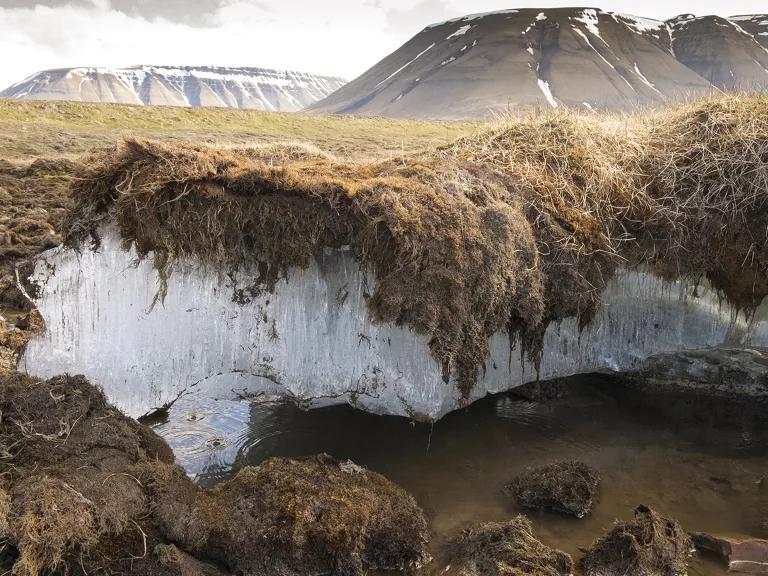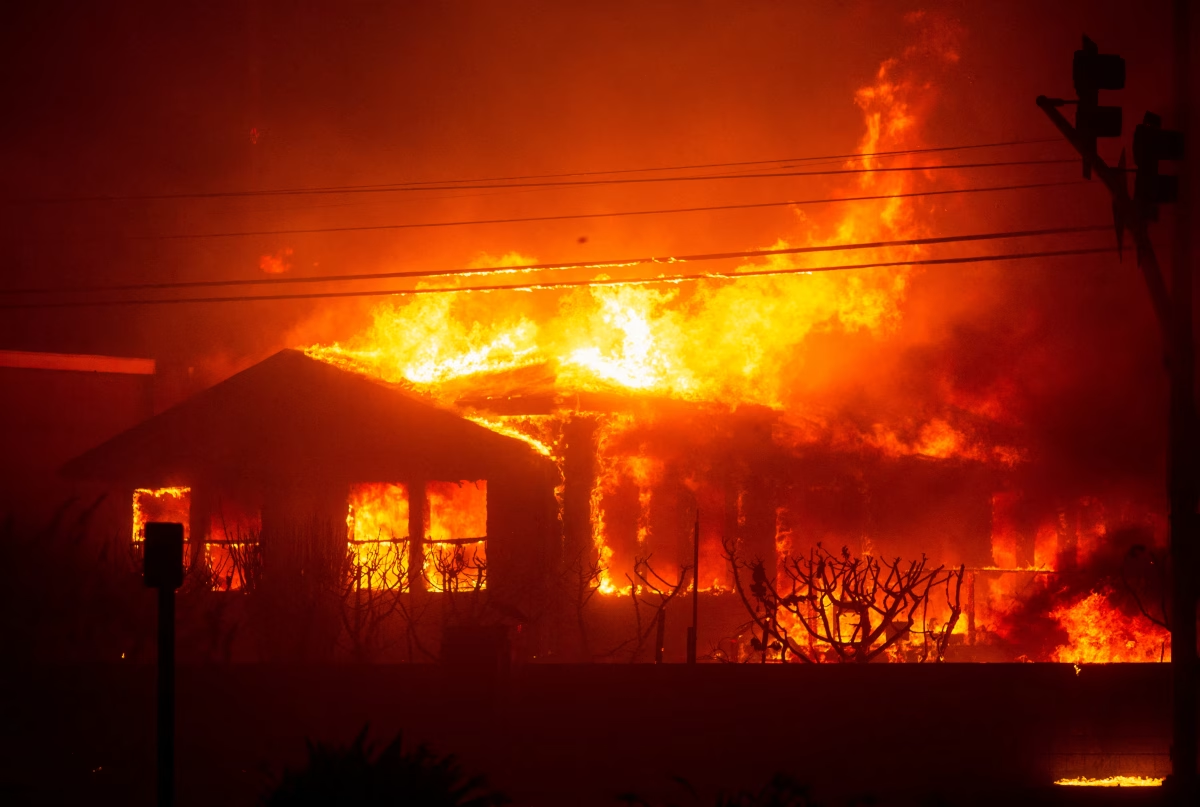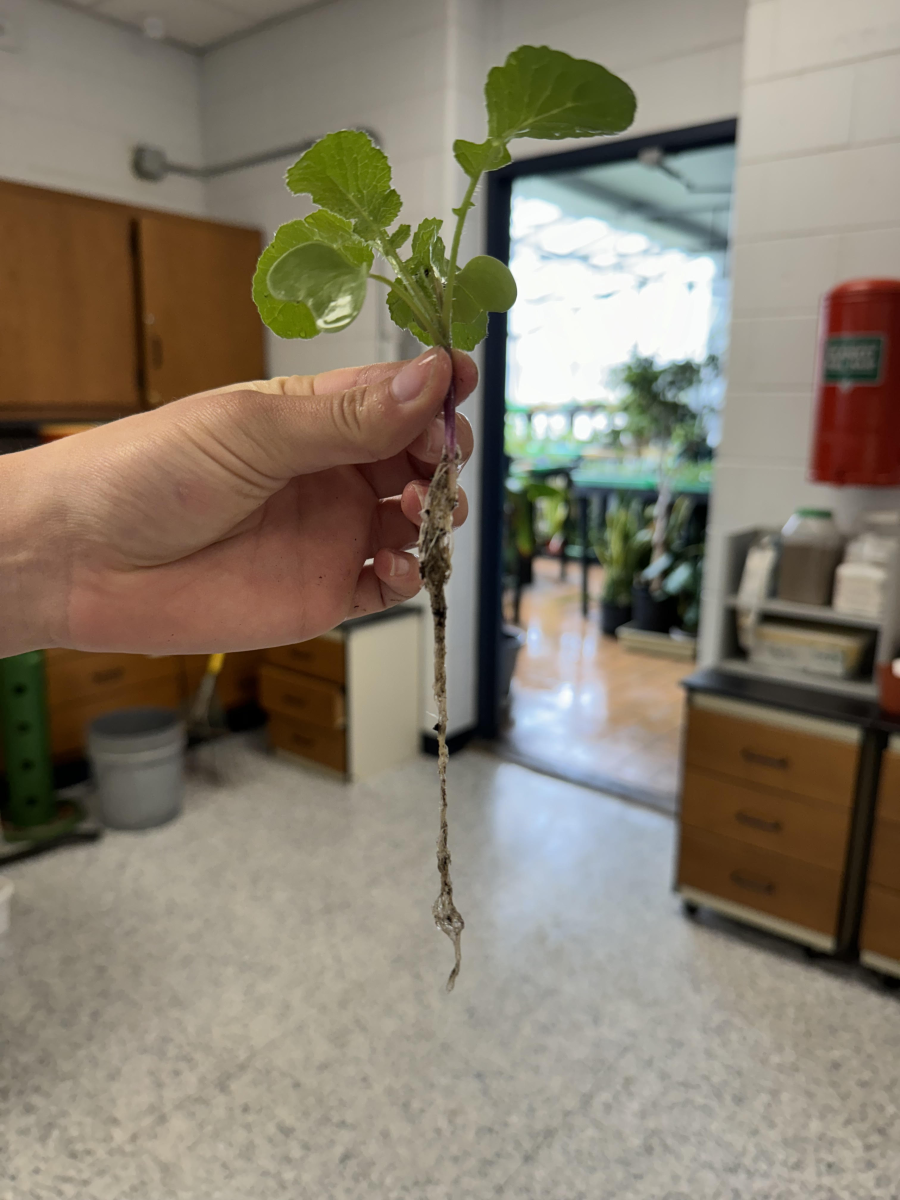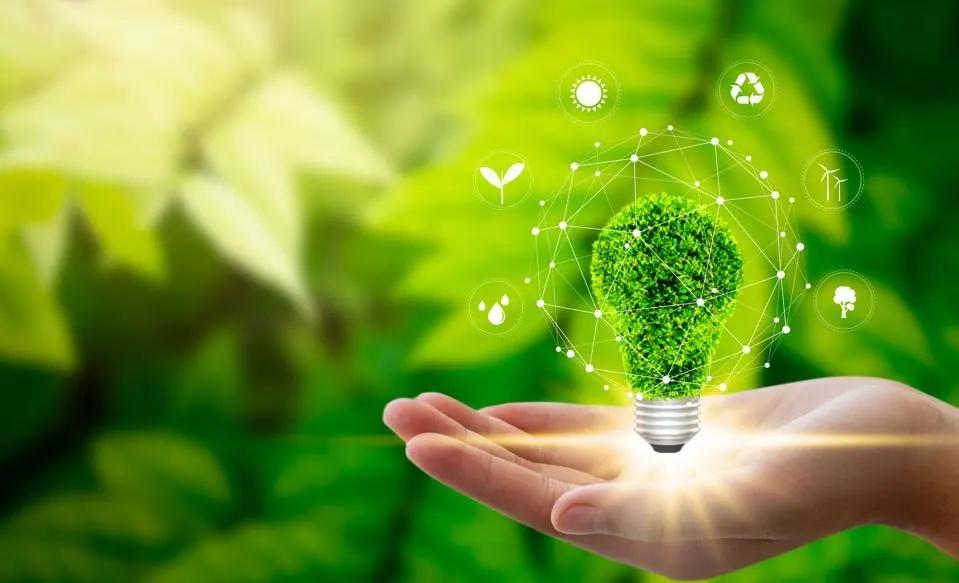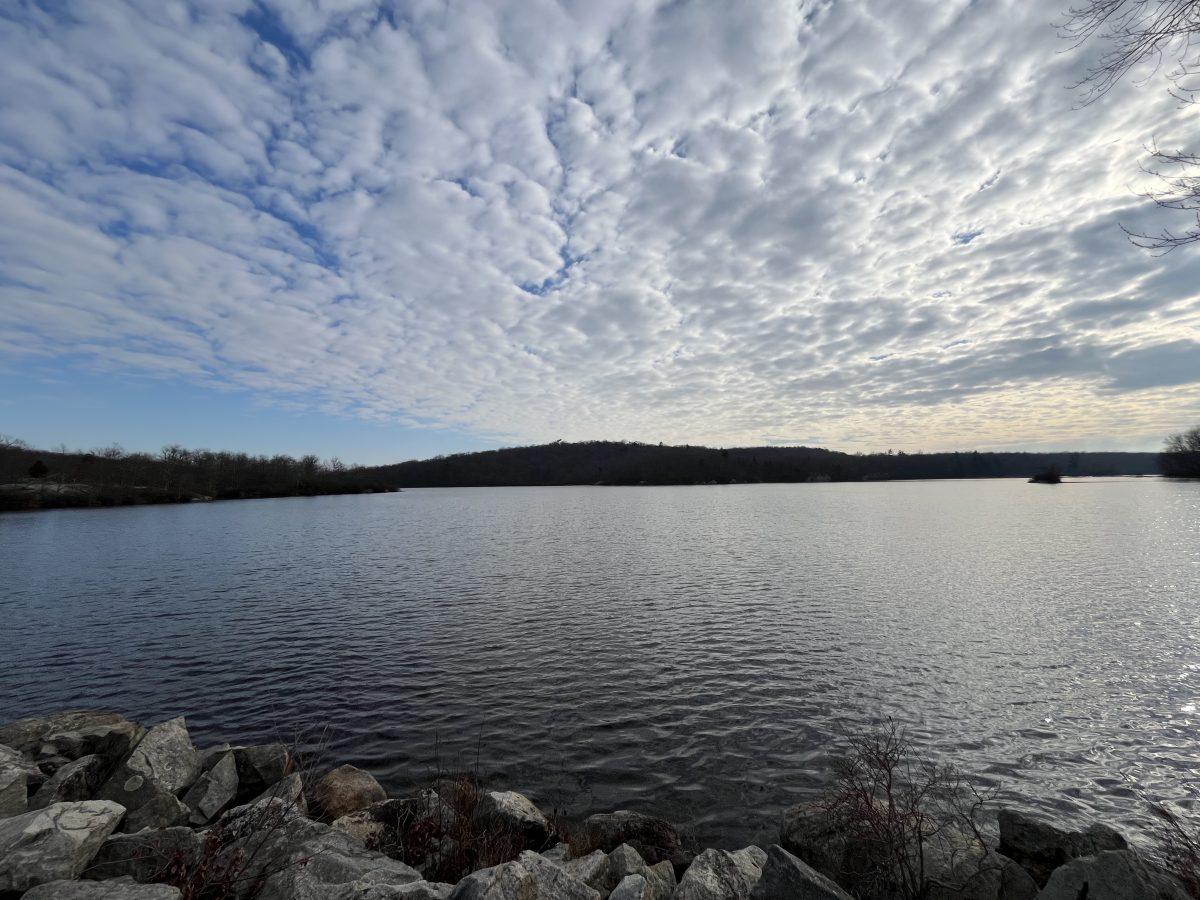Beneath the surface of the Arctic and Antarctic lies a world frozen in time, where the whispers of ancient civilizations and the echoes of prehistoric beasts are preserved in ice. Permafrost, the silent guard of our planet’s past, holds clues to our history—but as temperatures rise, its icy grip begins to loosen, revealing a story of both wonder and warning.
Permafrost, the permanently frozen layer of the Earth that blankets vast regions of the Arctic, Antarctic, and high mountain ranges, is more than just ice and soil. It’s a critical component of Earth’s climate system, preserving a treasure trove of ancient history while also serving as a barometer of our planet’s health.
As temperatures rise due to climate change, the fate of permafrost—and subsequently the Earth—hangs in its balance, with profound implications for ecosystems, communities, and the global climate. Permafrost is not merely a static feature of Earth’s landscape; it is a dynamic ecosystem that supports a balance of life. Beneath its frozen surface, microbial communities thrive, breaking down the organic matter frozen within and recycling nutrients. A master insulator, the permafrost maintains thousands of years of history, with varying species hidden deep inside, some dating back to the Ice Age. In the ice, most of the organic remains of species lay largely intact, with skin, teeth, fur, muscle tissue, and organs still unscathed. Beyond mammals, the permafrost is home to trillions of microbiomes that are over 400,000 years old. Some of these microbes are objectively beneficial, consuming methane to balance out the microbes that metabolize soil carbon. Other microbes are gruesomely detrimental; laying dormant in the frozen stratum are various viruses that have plagued humanity throughout its history, such as the bubonic plague, smallpox, anthrax spores, and other ancient mega viruses.
Permafrost acts as a carbon sink with its vast amounts of organic material, with nearly one-third of Earth’s stored soil carbon in the Arctic. Scientists from the Columbia Climate School estimate that the world’s permafrost holds 1,500 billion tons of carbon, nearly double the amount of carbon currently residing in the atmosphere. As permafrost begins to thaw at the hands of rising temperatures, the microbes within consume the frozen organic matter, releasing carbon dioxide and methane into the atmosphere. The release of stored carbon could significantly exacerbate global warming by adding to atmospheric greenhouse gas concentrations, creating a feedback loop. As permafrost thaws, it releases stored carbon, which further warms the climate, leading to more thawing and additional carbon release.
This process not only accelerates climate change but also triggers a cascade of environmental consequences. When the ice in permafrost melts, the ground can become unstable and slump. This can cause rock and landslides, coastal erosion, and floods. Thawing permafrost destabilizes infrastructure, leading to the collapse of buildings, roads, power lines, and pipelines. In the Arctic, Indigenous communities face threats to their traditional way of life as permafrost thaw disrupts the landscape, impeding hunting, fishing, and transportation routes.
Addressing the challenge of permafrost thaw requires a multifaceted approach that combines mitigation and adaptation strategies. Reducing greenhouse gas emissions is essential to slow the pace of permafrost thaw and mitigate its impacts. Furthermore, efforts to protect and restore permafrost ecosystems can help preserve their carbon-storing capacity. Communities must implement measures to adapt to changing conditions. This includes relocating infrastructure away from areas that are vulnerable and reducing reliance on permafrost-dependent activities and lifestyles.
Permafrost is a critical component of Earth’s climate system, but it is under threat from climate change. The fate of permafrost is intricately tethered to the future of our planet, and addressing the challenges it poses requires urgent action. —one that preserves the frozen mysteries beneath society for generations to come.


